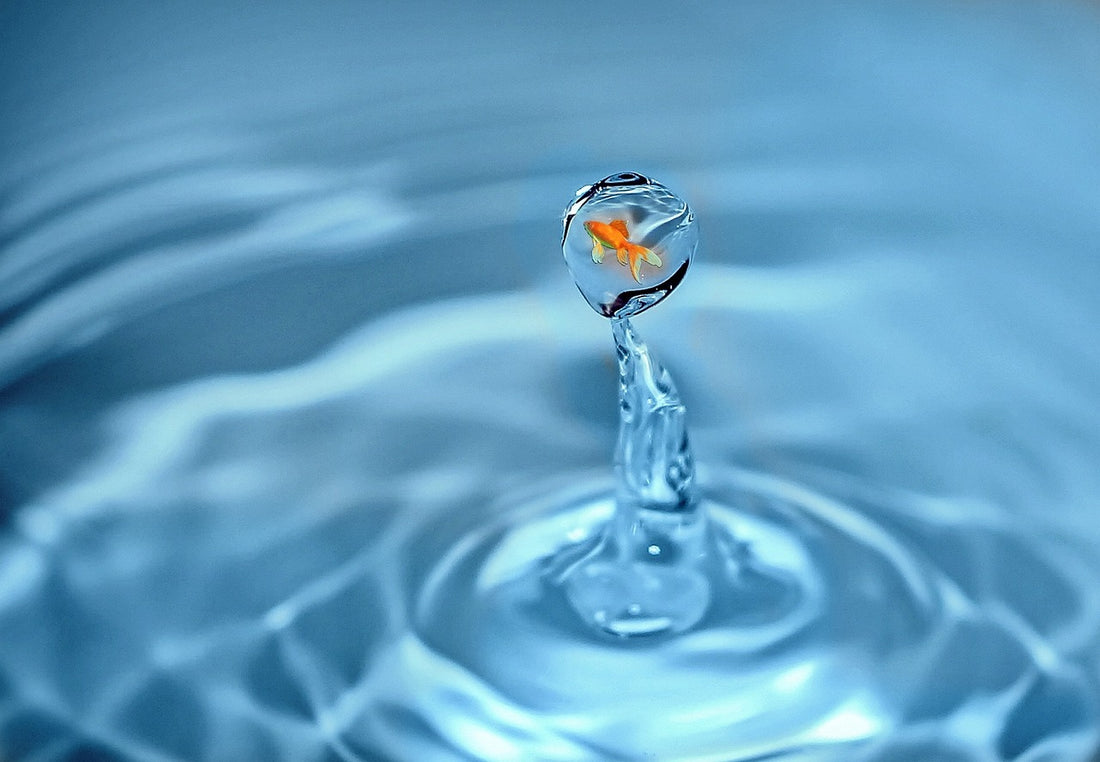As my friend, Seth notes, we tend to notice leaps in technologies more than its slow creep.
Take, for example, the recording studio. Way back in the 70s when Terri and I started working in the studio the capture medium was tape. For a 16 track recording we used 2" magnetic tape. That was state of the art.
The studio monitors used for setting up and making the recording played the output of the mixing console—what you were hearing came directly out of the microphones and their preamplifiers.
When you pressed the record button on the big tape recorder, that same signal you were listening to on the monitors was fed into the tape recording electronics and captured on the tape.
When you played back the tape you listened on those same studio monitors. And, here's the thing. It didn't sound the same as when the musicians were playing the music in the first place. No, in fact, it couldn't sound the same because of the limitations of tape recording.
Back then that was simply what you had to work with. If the recording process robbed too much of the dynamics or the "life" of the music, you made adjustments on the mixing board—mostly EQ—to compensate.
Today all that has changed.
While making a recent recording at Octave Studios I found myself in awe. Musician Eric Wiggs had brought in his dobro to record for us (it'll be one of the tracks on our upcoming The Art of HiFi: Strings).
What was so remarkable was the fact that there is zero difference between what I hear live from the microphones on the studio monitors and playing it back after the recording.
Zero. Nada. What you hear on those monitors is what you get when playing it back.
To have even contemplated this leap in technology 50 years ago would have been pure science fiction.
Today, it's commonplace with the right setup.
That's a big leap.









